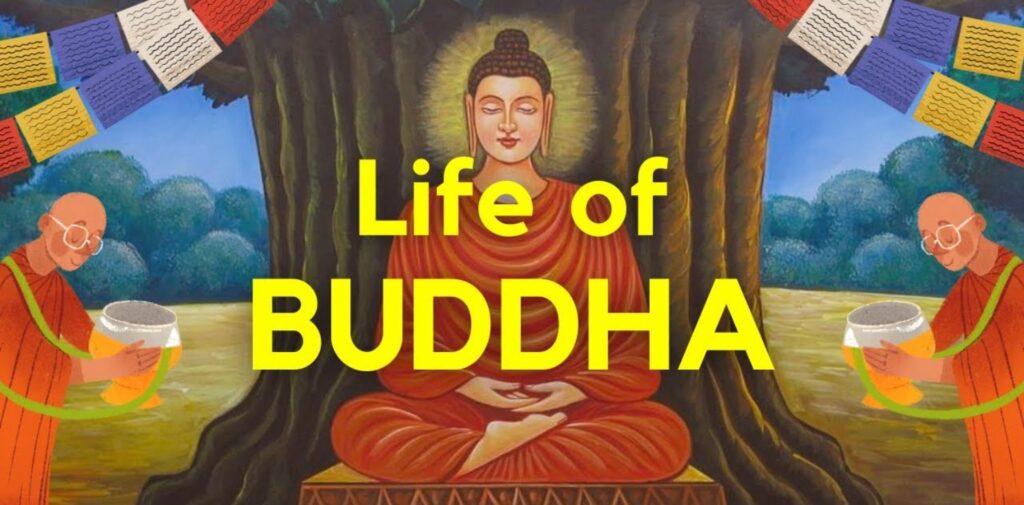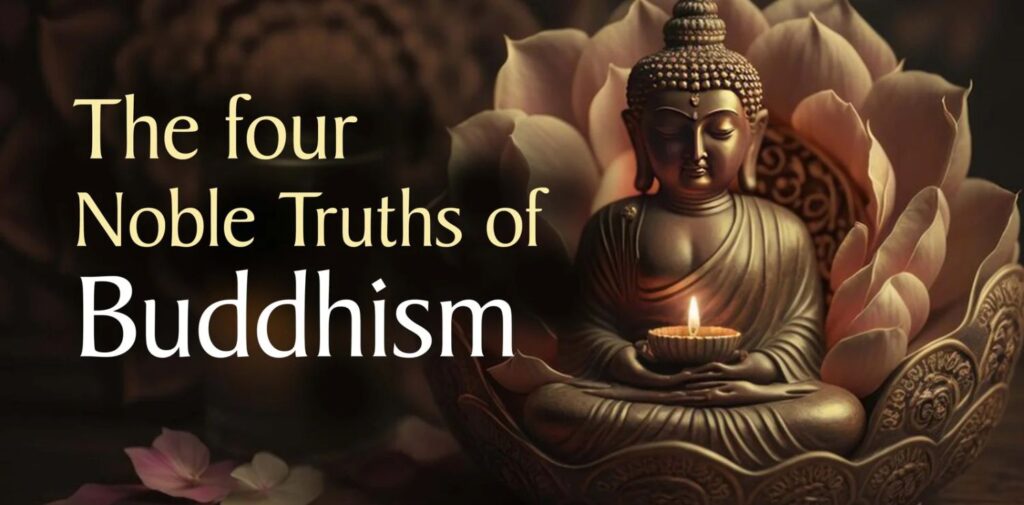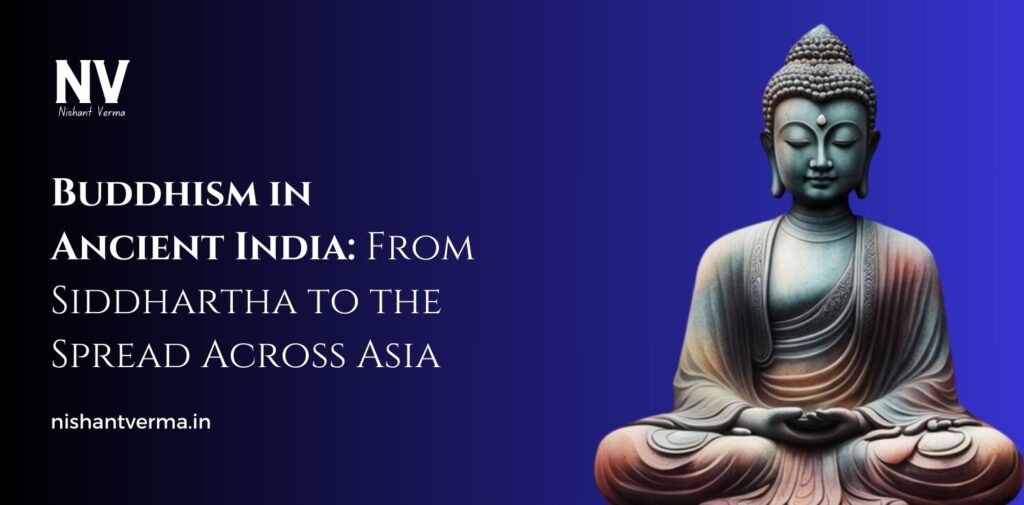Buddhism is one of the most important religions in the world, and its origins can be traced back to ancient India. It started with a prince named Siddhartha Gautama, who later became known as Buddha, meaning “the Enlightened One.” Siddhartha’s journey from being a prince to a spiritual teacher is a fascinating story, and the teachings of Buddhism have spread far and wide, influencing many parts of the world.
In this article, we will explore Buddhism in Ancient India, the life and teachings of Siddhartha Gautama, and how it grew to become a global religion.
The Life of Siddhartha Gautama
The story of Buddhism begins with Siddhartha Gautama, a prince born around 2,500 years ago in a small kingdom in northern India, in what is now Nepal. Siddhartha was born into a royal family and lived a life of luxury. His father, King Suddhodana, wanted Siddhartha to become a powerful ruler, so he kept him away from any sadness or suffering. The young prince grew up in beautiful palaces with everything he could possibly want.

The Four Sights
As Siddhartha grew older, he became curious about the world outside the palace. One day, he asked to go out and see what life was like beyond the palace walls. His charioteer took him on a journey, and during this trip, Siddhartha saw four sights that changed his life forever:
- An old man – Siddhartha had never seen old age before, and he was shocked by how much the man had changed.
- A sick person – He saw someone suffering from illness, which made him realize that sickness was a part of life.
- A dead body – For the first time, Siddhartha encountered death, and it deeply troubled him.
- A holy man – Finally, he saw a peaceful man who had given up his wealth and comfort to seek spiritual truth.
These sights made Siddhartha realize that life was full of suffering. He began to wonder why people had to experience old age, sickness, and death. He also saw that there might be a way to overcome this suffering.
Siddhartha’s Search for Truth
Determined to find a way to end human suffering, Siddhartha left his palace, his wife, and his newborn son. He became an ascetic, which means someone who gives up all worldly comforts to live a simple life and focus on finding spiritual answers. Siddhartha studied under different teachers and tried many meditation practices, but he still didn’t find the answers he was looking for.
One day, while sitting under a tree in meditation, Siddhartha vowed not to get up until he found the truth. After days of deep meditation, he finally reached enlightenment. Enlightenment is the state of understanding the true nature of life and the world. Siddhartha realized that suffering is a part of life, but it can be overcome by following a path of wisdom, ethical conduct, and mental discipline. At this moment, Siddhartha became Buddha, meaning “the Enlightened One.”

Buddha’s Teachings: The Four Noble Truths
After achieving enlightenment, Buddha began to share his insights with others. His teachings were simple but profound, and they focused on understanding and overcoming suffering. Buddha core teachings are known as the Four Noble Truths. These truths are:
- The truth of suffering (Dukkha): Life involves suffering. This suffering includes pain, sickness, old age, and death, as well as the emotional pain caused by things like sadness, anger, and attachment.
- The truth of the cause of suffering: Suffering is caused by desire and attachment. People often want things they cannot have, and this craving leads to suffering.
- The truth of the end of suffering: It is possible to end suffering. If we let go of our attachments and desires, we can find peace and happiness.
- The truth of the path to the end of suffering: There is a way to end suffering, known as the Eightfold Path. This path includes right understanding, right speech, right action, right livelihood, right effort, right mindfulness, and right concentration. Following the Eightfold Path leads to enlightenment and freedom from suffering.
The Spread of Buddhism in India
After Buddha’s enlightenment, he spent the rest of his life teaching others. Many people followed Buddha’s teachings, and soon, Buddhism began to spread across India. Buddha’s first followers were monks and nuns who lived simple lives, meditated, and helped teach others about his path to enlightenment.
Buddhism became popular not just because of its deep spiritual wisdom but also because it was a religion of peace. Buddha’s teachings did not require people to worship gods or perform rituals. Instead, Buddha taught that each person has the potential to reach enlightenment by understanding and following the path he laid out.
King Ashoka: A Key Figure in Spreading Buddhism
One of the most important figures in the spread of Buddhism was Emperor Ashoka. Ashoka was the ruler of the Maurya Empire in the 3rd century BCE. In the beginning, Ashoka was a powerful and aggressive ruler, but after seeing the violence of war, he became deeply influenced by Buddha’s teachings. He converted to Buddhism and began promoting it throughout his empire.
Ashoka built many stupas (Buddhist shrines) and pillars with inscriptions of Buddhist teachings. He also sent missionaries to different parts of India and even to countries in Southeast Asia to spread the message of Buddhism.
The Spread of Buddhism Across Asia
Buddhism did not stay in India for long. It spread to other parts of Asia and became one of the world’s major religions. From India, Buddhism traveled to Sri Lanka, Myanmar, Thailand, and Cambodia. It also spread to China, Korea, Japan, and even to Tibet. In each new country, Buddhism adapted to the local culture, but its core teachings remained the same.

Buddhism in China and Beyond
In China, Buddhism was first introduced through Silk Road traders who traveled between India and China. Over time, it became an important part of Chinese culture, influencing art, philosophy, and government. Chinese Buddhists also created important schools of thought, such as Chan Buddhism, which later became Zen Buddhism in Japan.
In Tibet, Buddhism took on a unique form, blending with local traditions. Tibetan Buddhism is known for its rich rituals, colorful ceremonies, and the importance of the Dalai Lama, the spiritual leader of Tibet.
Buddhism in Southeast Asia
In countries like Thailand, Myanmar, and Cambodia, Buddhism has become the dominant religion. These countries are home to many beautiful Buddhist temples and monasteries, and the teachings of Buddha continue to guide the lives of millions of people.
The Impact of Buddhism on the World
Buddhism has had a profound impact on the world, influencing art, philosophy, and culture in many countries. Its teachings on compassion, peace, and non-violence have inspired people of all backgrounds to seek a deeper understanding of life.
In India, Buddhism eventually declined after the arrival of other religions like Hinduism and Islam. However, its legacy continues to influence Indian culture and spirituality. Today, Buddhist monks and temples still exist in India, and millions of people around the world practice Buddhism.
Conclusion: Buddhism in Ancient India
Buddhism started as the teachings of one man, Siddhartha Gautama, who became known as Buddha. His search for the truth about suffering and his path to enlightenment have inspired millions of people. From its beginnings in ancient India, Buddhism spread across Asia and the world, leaving a lasting legacy.
Through its teachings, Buddhism offers a way for people to find peace and happiness by understanding the true nature of life. Whether in India, China, Japan, or any other part of the world, Buddha’s message of compassion, wisdom, and inner peace continues to touch hearts and minds today.




